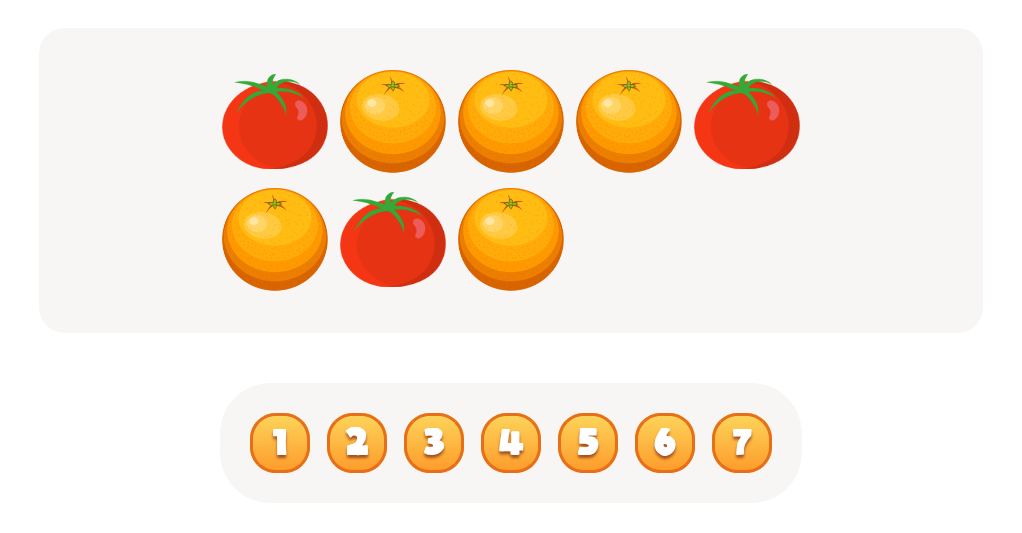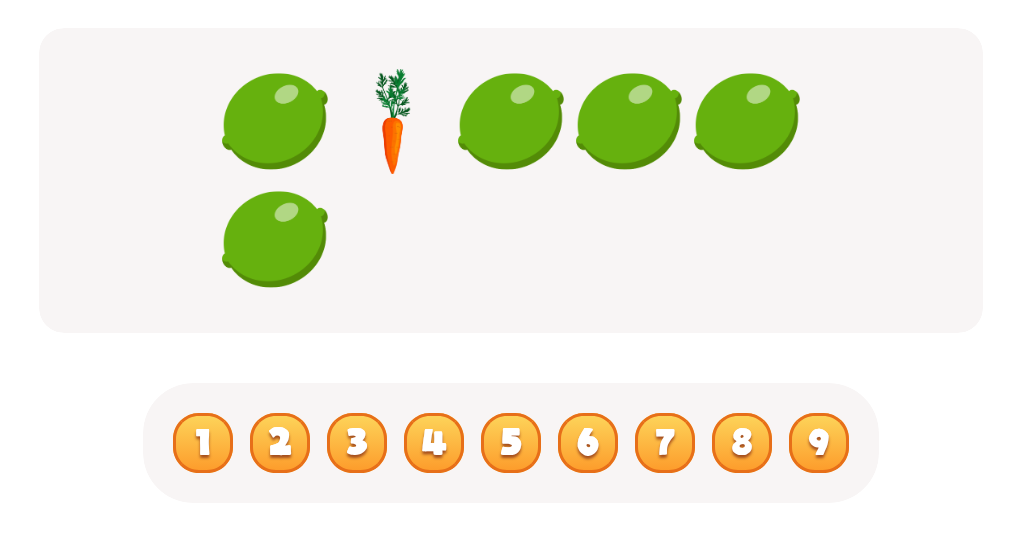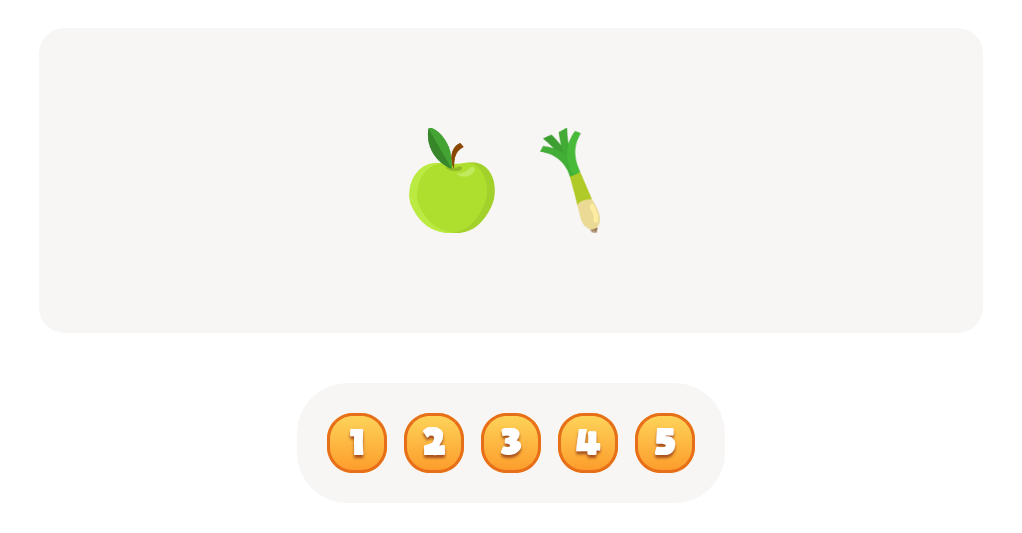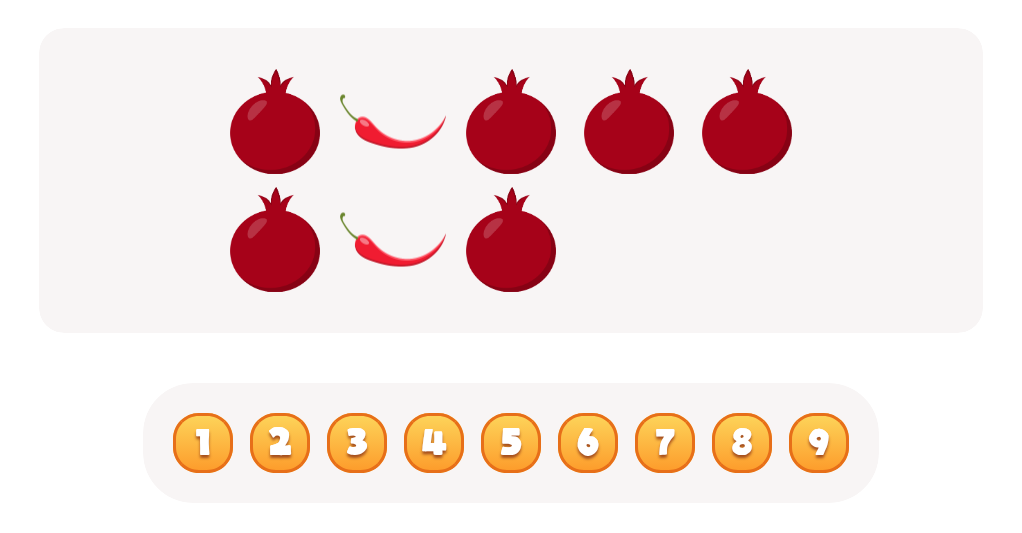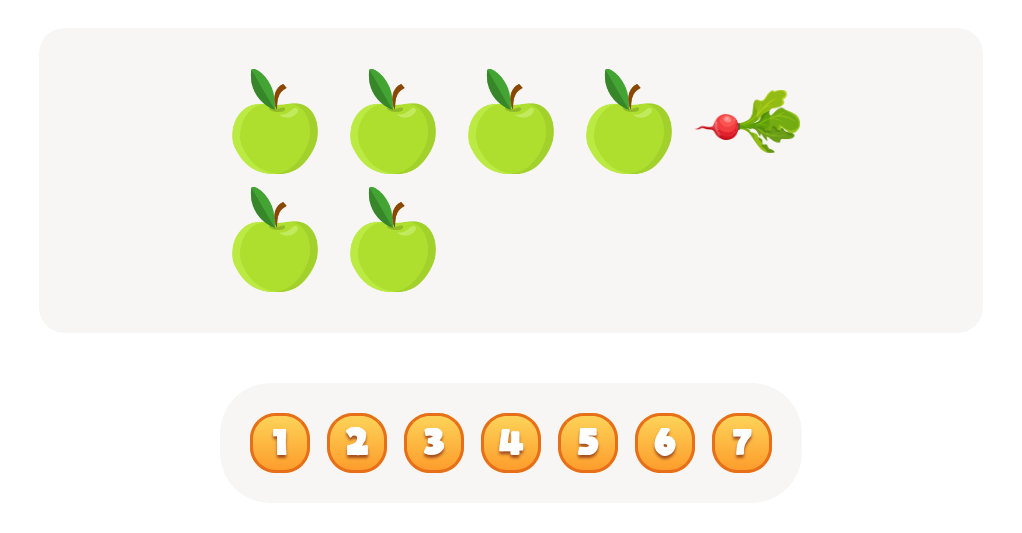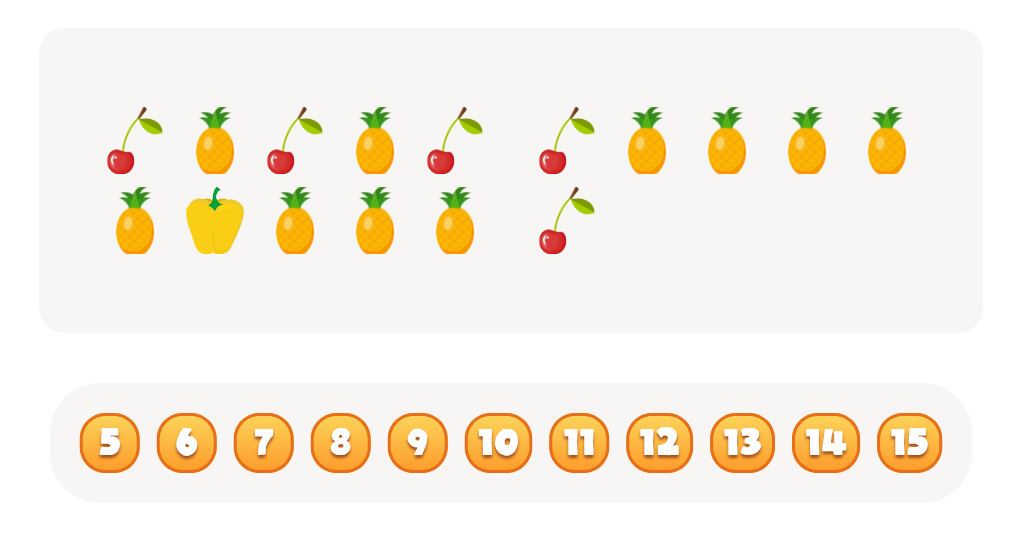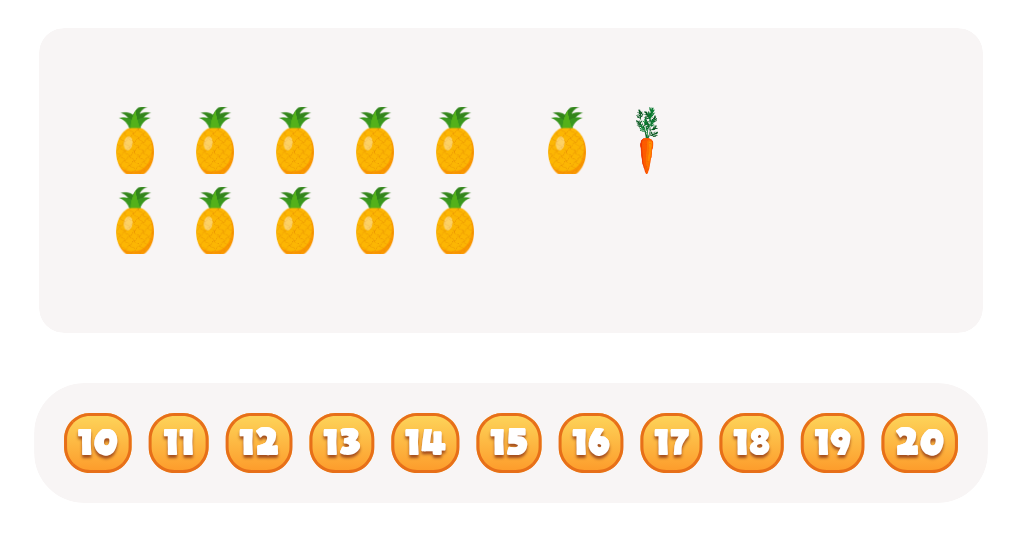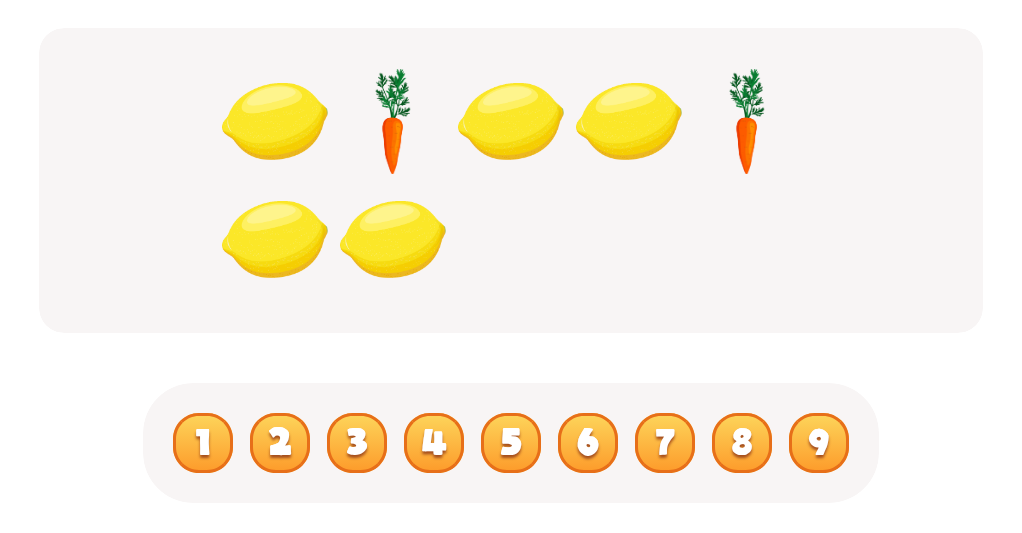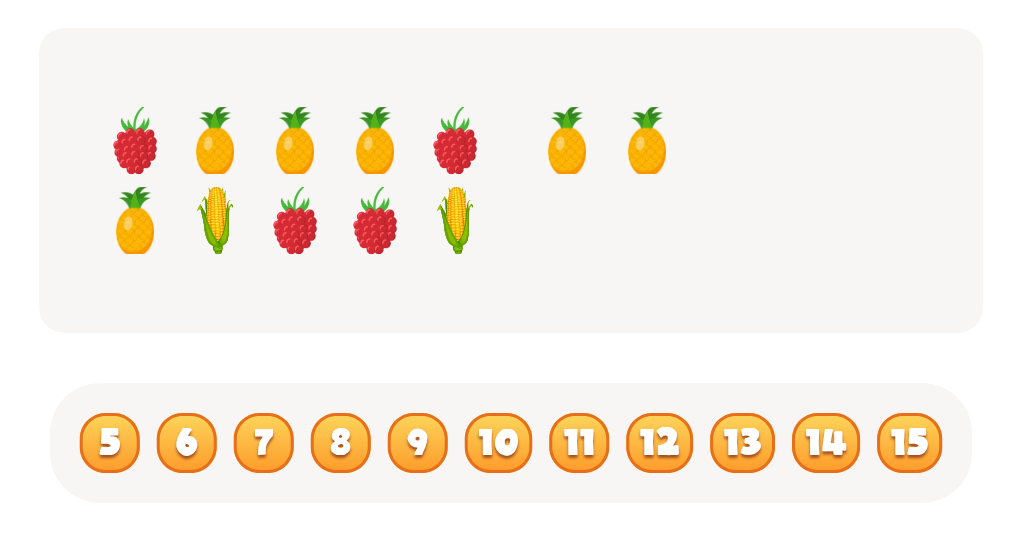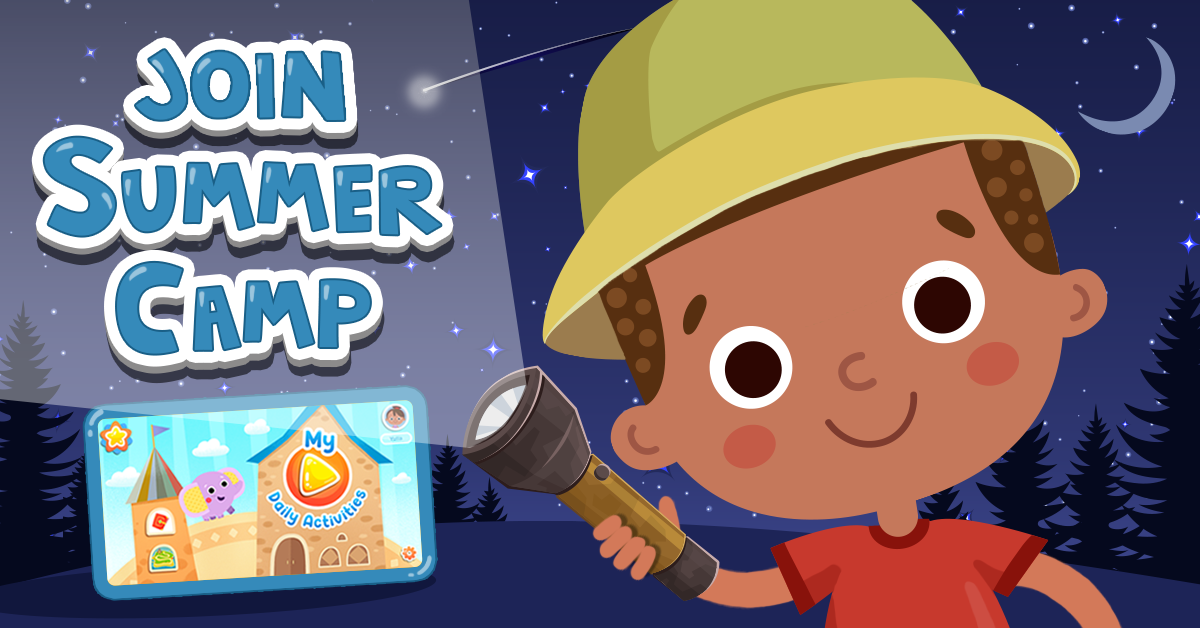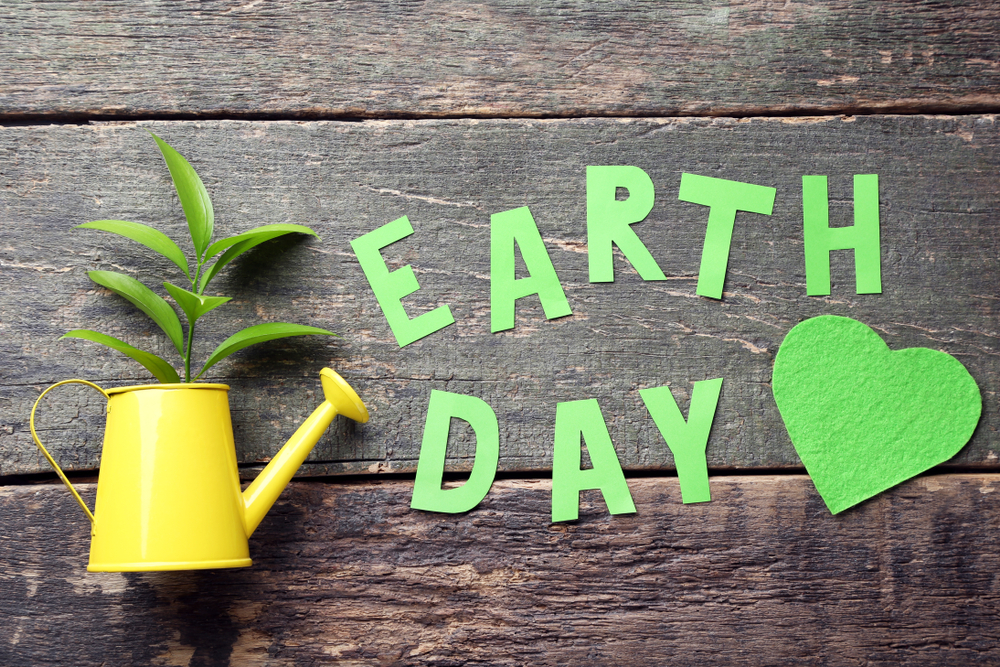Enhancing reading skills Plants and Animals Worksheets for Ages 8-9
3 filtered results
-
From - To
Unlock a world of discovery with our "Enhancing Reading Skills: Plants and Animals Worksheets for Ages 8-9." These comprehensive, engaging worksheets are designed to blend science with literacy, fostering a love for both reading and nature. Perfectly crafted for third graders, they delve into the fascinating realms of plants and animals, encouraging curiosity while reinforcing reading comprehension and vocabulary. With interactive activities and vivid illustrations, these resources not only educate but also inspire young minds. Ideal for classrooms and homeschooling, our printable worksheets cater perfectly to your child’s educational journey, making learning both fun and impactful. Explore and learn today!
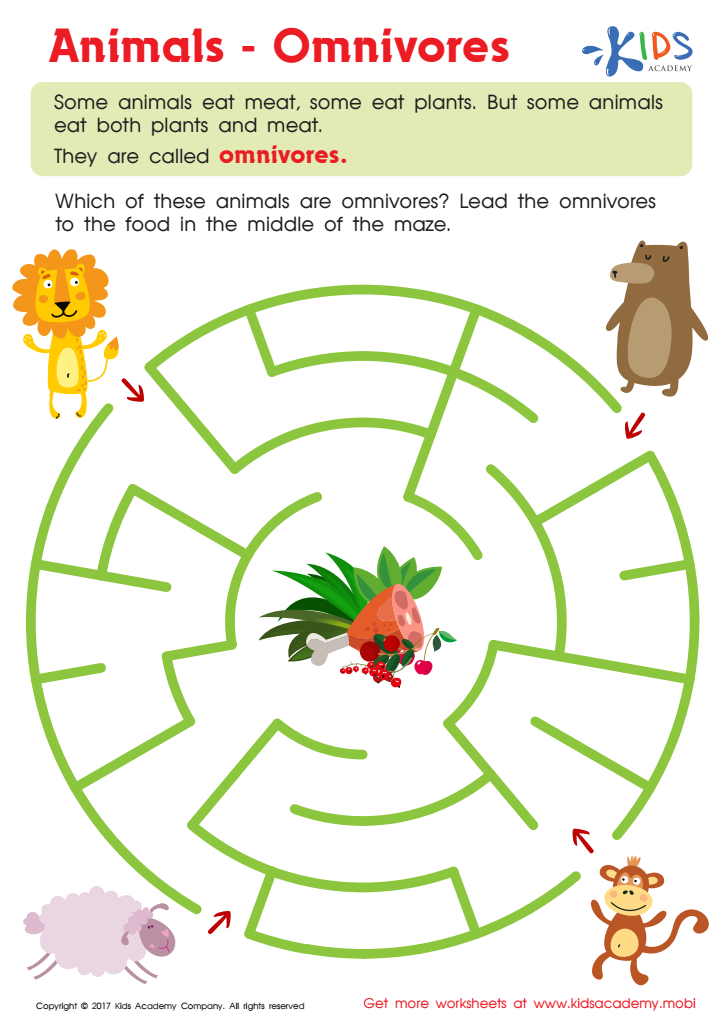

Omnivores Animals Worksheet
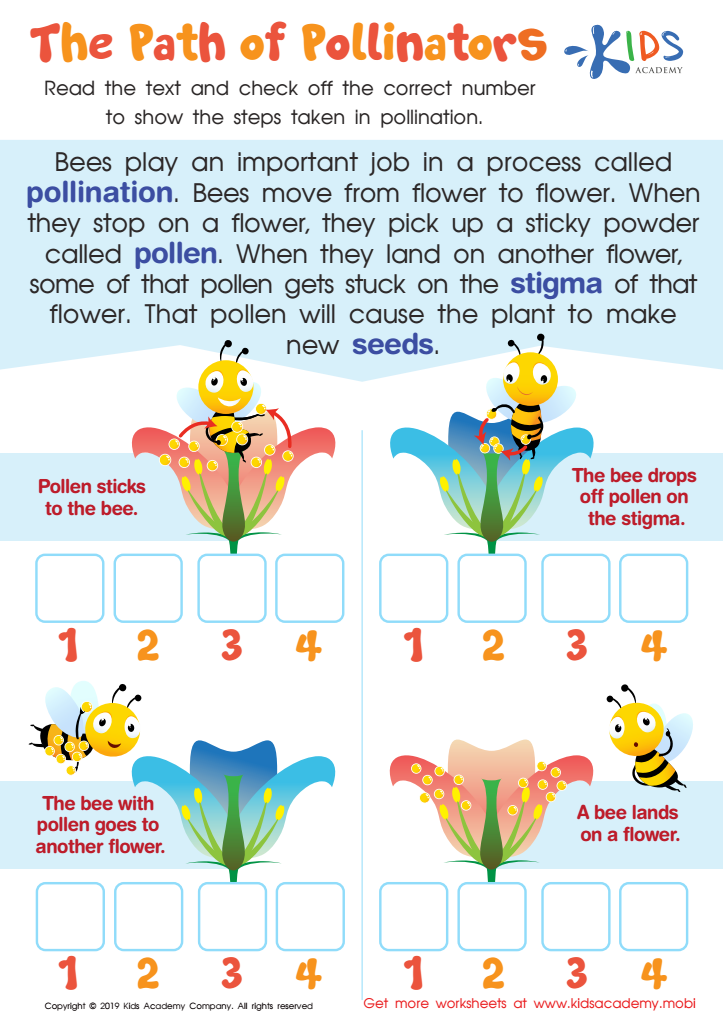

The Path of Pollinators Worksheet
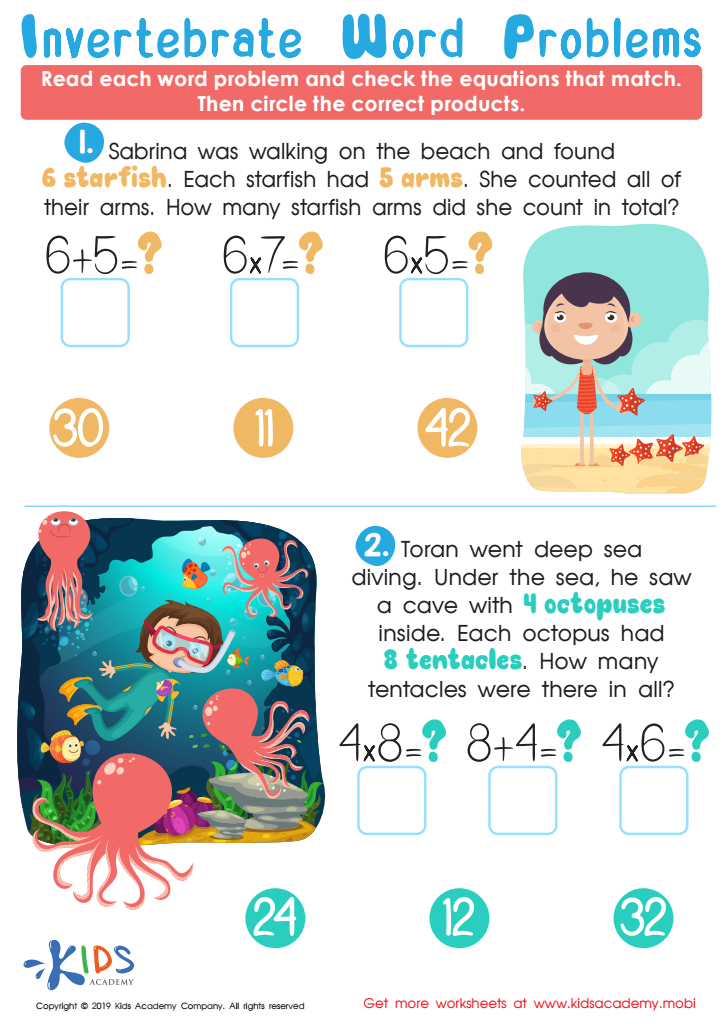

Invertebrate Problems Worksheet
Enhancing reading skills focused on plants and animals for children ages 8-9 is crucial for several reasons. Firstly, this age marks a critical period of cognitive development, where kids begin to transition from learning to read to reading to learn. Introducing texts about plants and animals captures their natural curiosity, promoting engagement and fostering a love for reading. This thematic content aligns with their interests, securing sustained attention, and making learning enjoyable.
Secondly, topics about nature and wildlife enrich children's vocabulary and comprehension skills. As they encounter specialized terminology and descriptive language, they enhance their linguistic abilities. Exposure to concepts like photosynthesis, animal habitats, and ecosystems broadens their knowledge base and encourages critical thinking.
Moreover, understanding plants and animals instills a sense of environmental stewardship. Recognizing the importance of biodiversity and our interconnectedness with nature can inspire responsible behaviors and attitudes toward the environment.
Lastly, informational texts about natural sciences improve interdisciplinary learning, merging literacy with science knowledge. This integrated learning approach helps children see the relevance of their reading material in real-world contexts, promoting holistic education.
For parents and teachers, focusing on these subjects supports lifelong learning habits, environmental consciousness, and a multidimensional skill set in children. The investment in enhancing reading skills through engaging and educational content like plants and animals is invaluable for children’s growth and development.
 Assign to My Students
Assign to My Students

